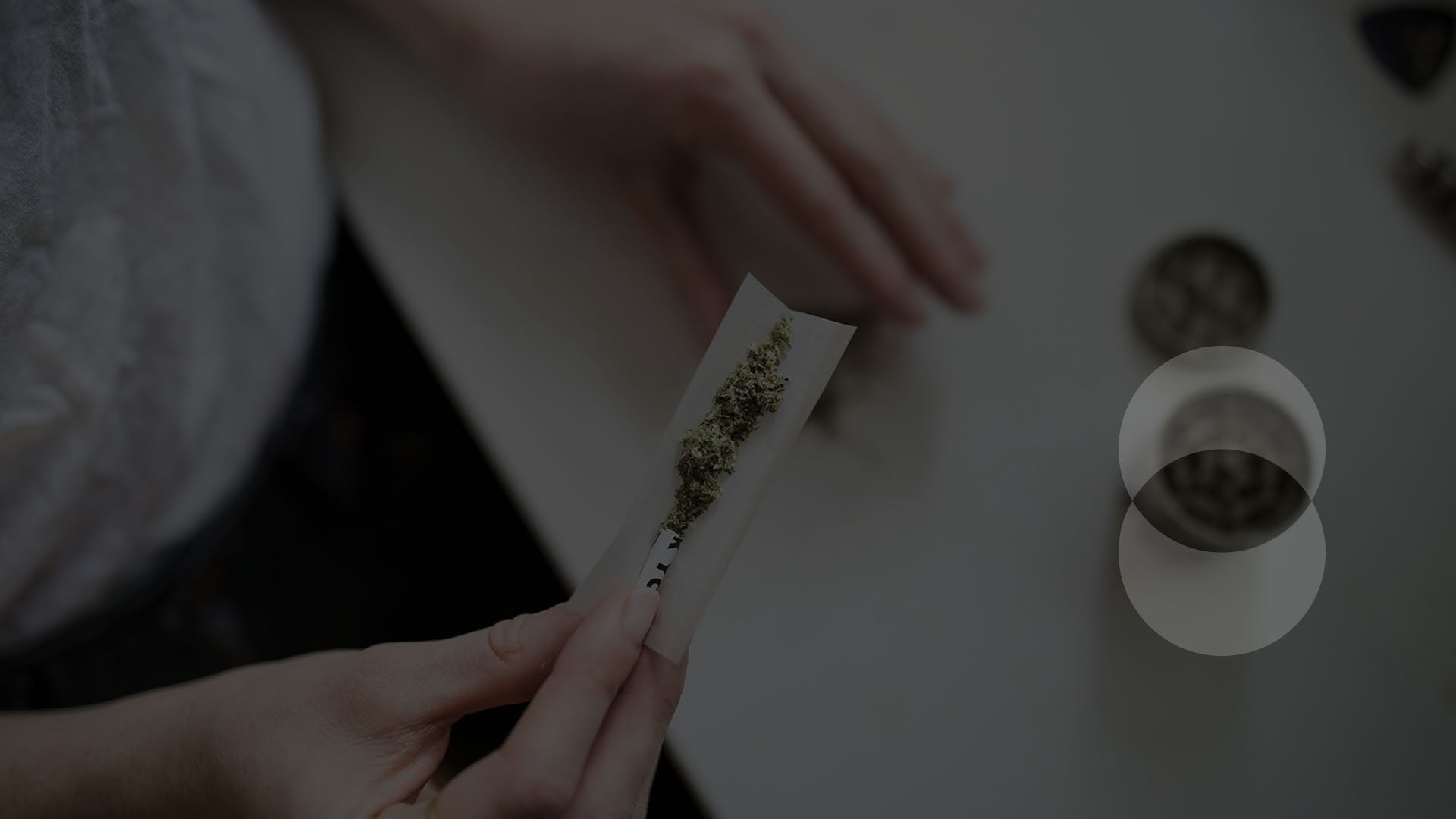
The origins of cannabis in Canada
Hundreds of years before Confederation, cannabis was woven into the fabric of our nation. Cultivation of the crop was encouraged by colonizing governments for its fibres, which became the ropes and sails with which European naval powers bound together the globe economically, politically, and socially.
It is not widely known that consuming cannabis for its medicinal and psychoactive properties only became controversial well into the 20th century. It is worth looking back at the history of cannabis in Canada and the journey that led us to the Cannabis Act of 2018.1
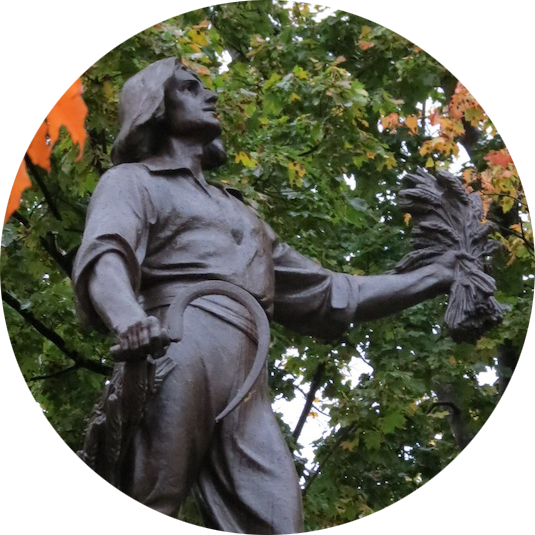
1606
Louis Hébert, the botanist and apothecary to French explorer Samuel de Champlain, plants the first North American hemp crop in Port Royal, Nova Scotia.2

Late 1800s
Cannabis tincture becomes a popular medicine. Liquid cannabis extracts are sold over the counter at drug stores. Cannabis elixirs and extracts are widely used while smoking the flower and leaves is less common.
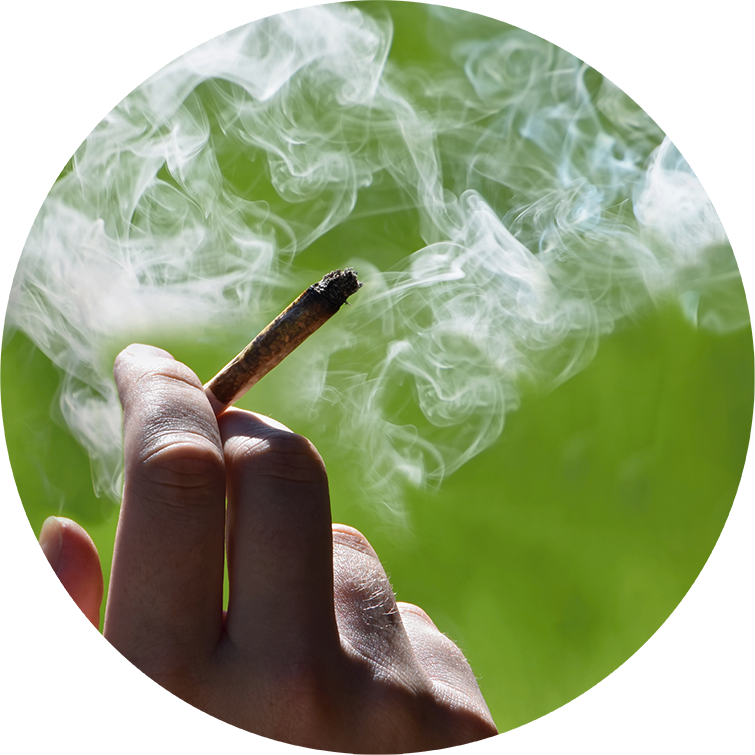
1923
Fuelled by racial fear, an increasingly vocal opposition to the consumption of drugs, especially opium and cannabis, grows. With no debate in parliament,3 the Act to Prohibit the Improper Use
of Opium and Other Drugs of 1923 makes Canada one of the first countries to criminalize the possession and sale of cannabis.4
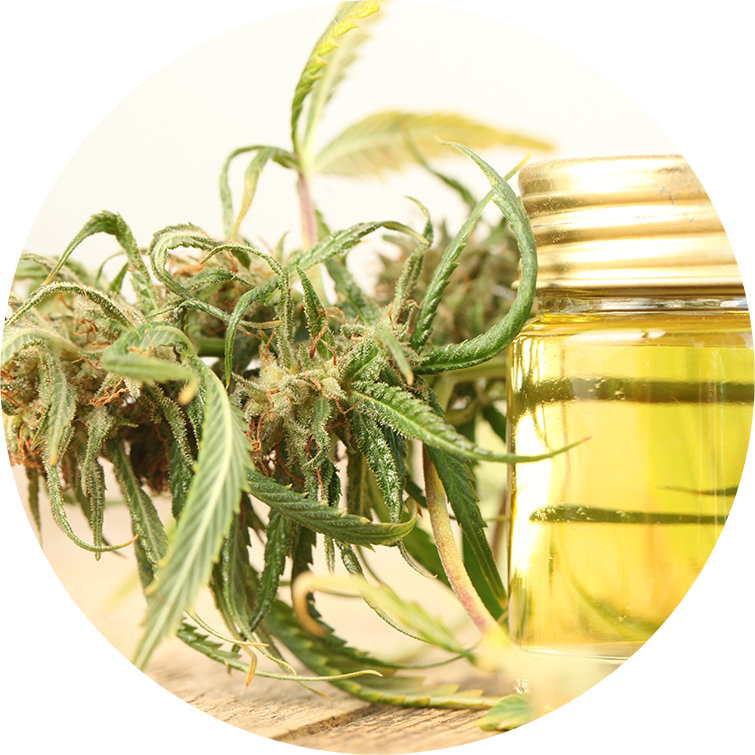
1930–1946
Cannabis cultivation and consumption remain illegal, and cannabis use is still quite uncommon. There are only 25 cannabis-related convictions nationwide between 1930 and 1946. In 1940, cannabidiol (CBD), a non-psychoactive substance in cannabis, is identified by Dr. Roger Adams and his team at the University of Illinois.5

1964
The principal psychoactive constituent of cannabis, THC (tetrahydrocannabinol), is identified by Dr. Yehiel Gaoni, Dr. Raphael Mechoulam, and Dr. Haviv Edery at the Weizmann Institute of Science in Rehovot, Israel.6
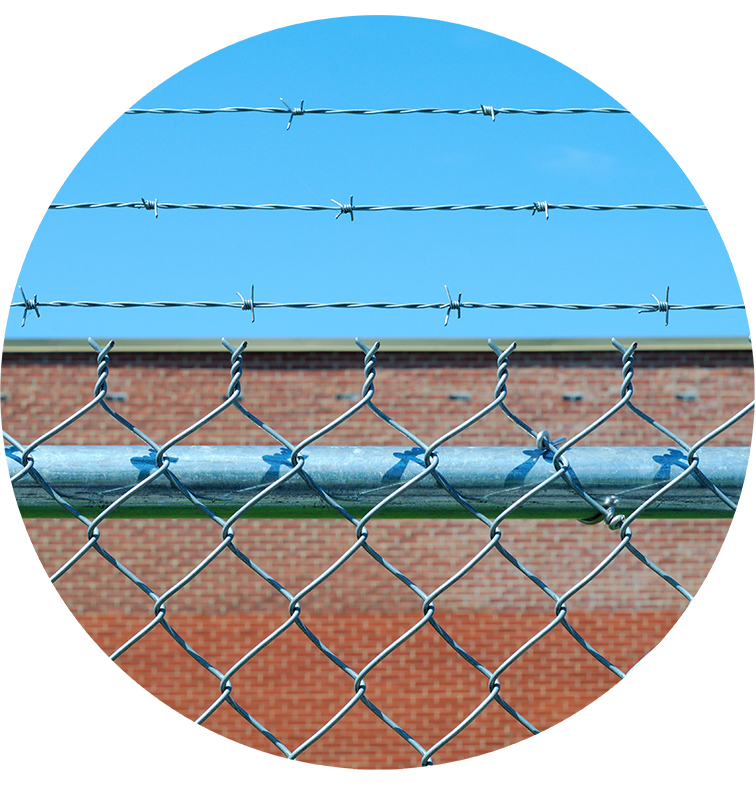
1969
The Le Dain Commission is appointed to study cannabis use and its effects. It concludes that there is no scientific evidence to back criminal sanctions for cannabis possession.7 Pierre Elliott Trudeau includes the Le Dain Commission’s recommendation in his election platform, but lack of political will to change the law means that hope of decriminalizing cannabis will have to wait.

1972
In part due to the counterculture movement of the 1960s, cannabis use grows dramatically.8 As prohibitionist policies are enacted and enforced more aggressively, cannabis-related convictions balloon to 12,000 per year.
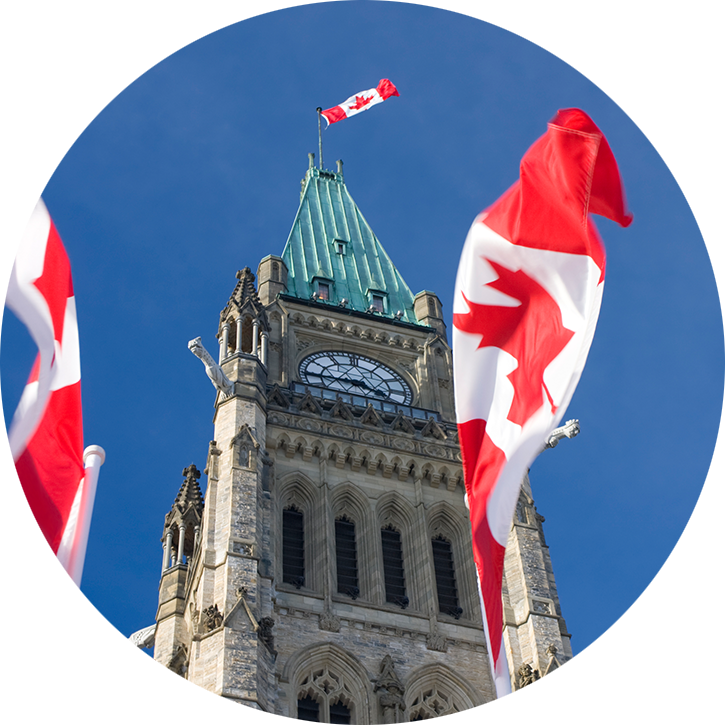
1979
Prime Minister Joe Clark’s Progressive Conservatives announce their intention to decriminalize cannabis but are ousted from power before implementing any changes to the Criminal Code.
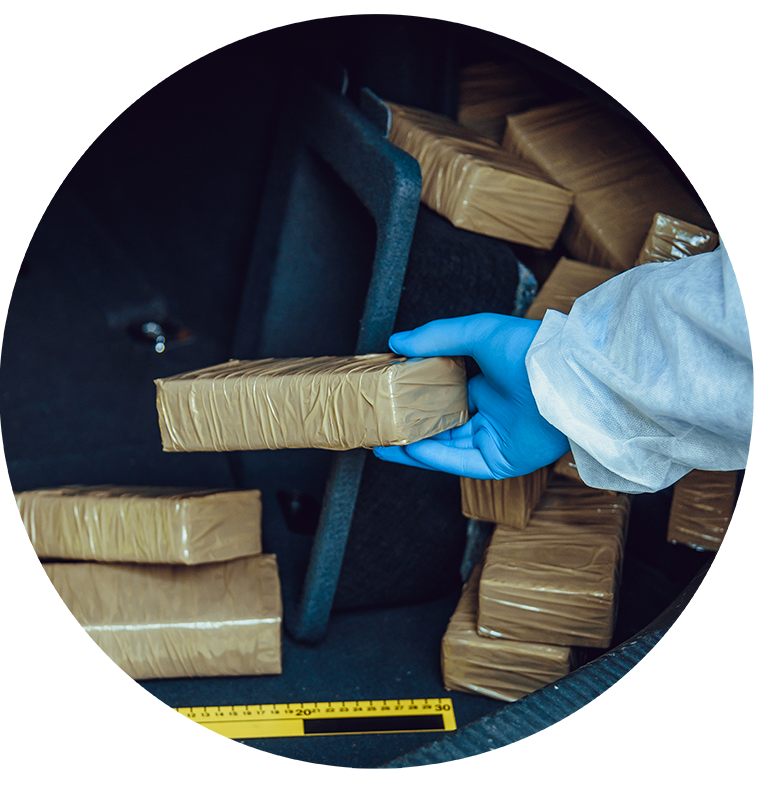
1988
Canada makes it illegal to advocate for or promote the use of illicit drugs,9 stating “everyone who knowingly imports into Canada, exports from Canada, manufactures, promotes or sells instruments or literature for illicit drug use is guilty of an offence.”10
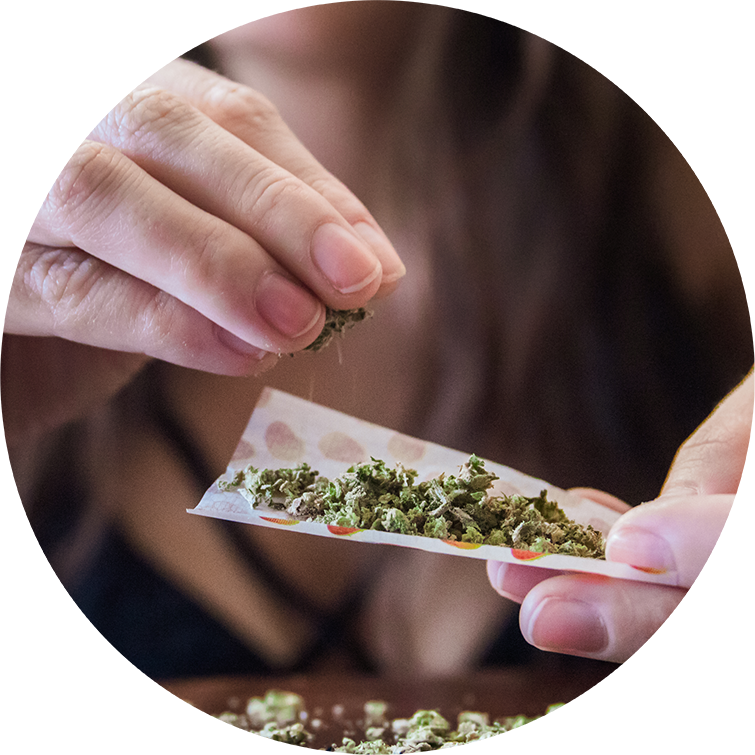
The 1990s
A substantial increase in cannabis use is seen across Canada.11 Surveys show that the rate of cannabis use among adults doubles from 6.2 per cent in 1992 to 12.8 per cent in 2003. According to the Centre for Addiction and Mental Health’s Ontario Student Drug Use Survey, this is because people don’t see it as risky, and there is less moral disapproval of drug use.12
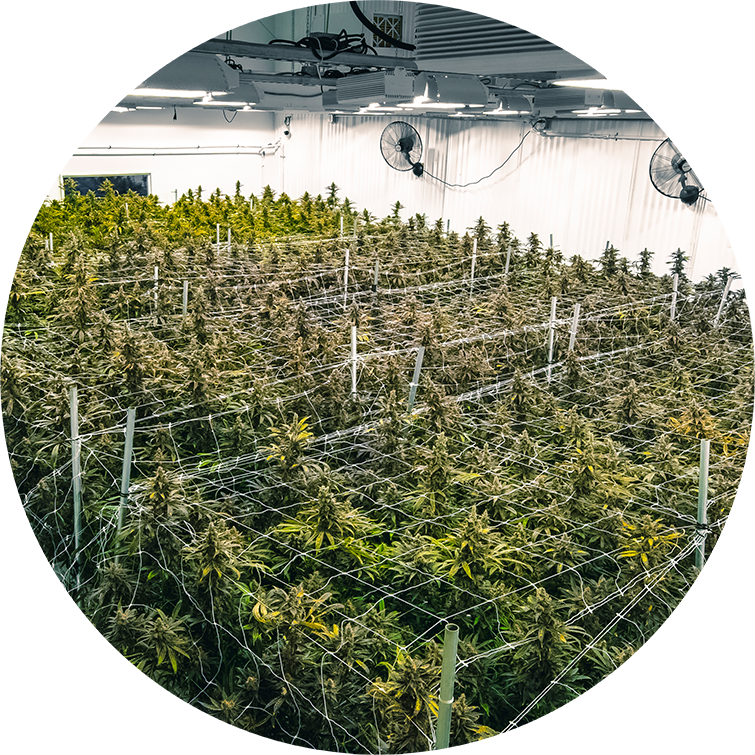
1998
Commercial cultivation and production of industrial hemp is legalized.

1999
Health Canada announces its support for a program of medical research on cannabis.13
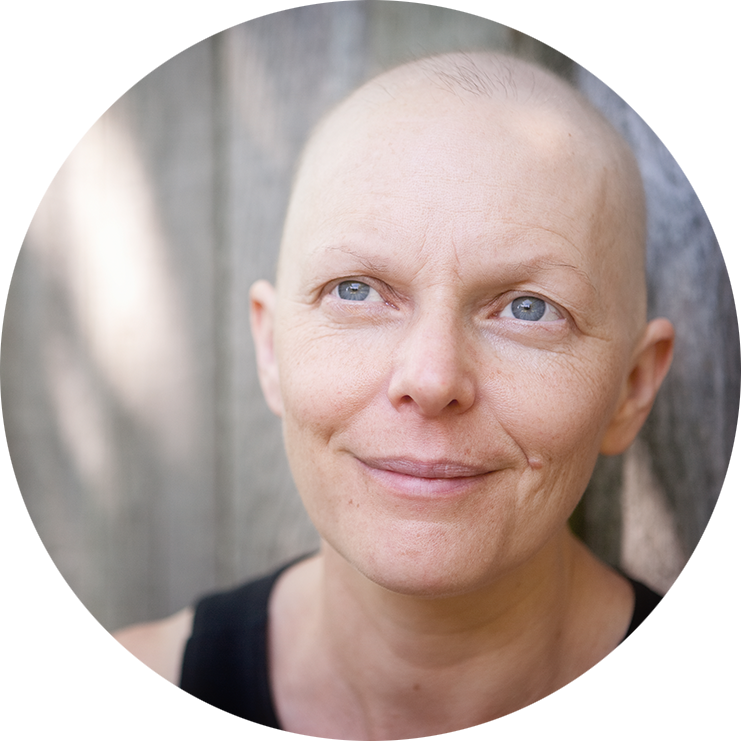
2001
Access to cannabis for medical purposes is allowed in Canada after the courts find that cannabis prohibition violates the Canadian Charter of Rights and Freedoms.14 This decision means that Canadians who require cannabis for medicinal purposes have a right to reasonable access, but it does not require Health Canada to certify cannabis as a therapeutic product. Health Canada has not designated cannabis with a Drug Identification Number (DIN) nor authorized it for sale as a drug in Canadian pharmacies.15
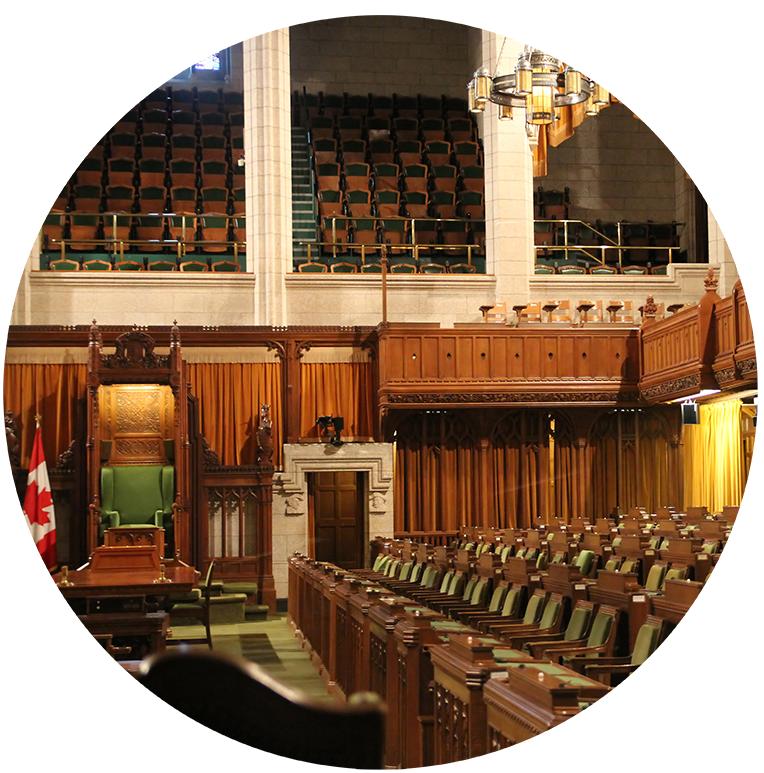
2003 and 2004
Both Jean Chrétien and Paul Martin introduce decriminalization measures to Canadian Parliament, but neither measure passes.
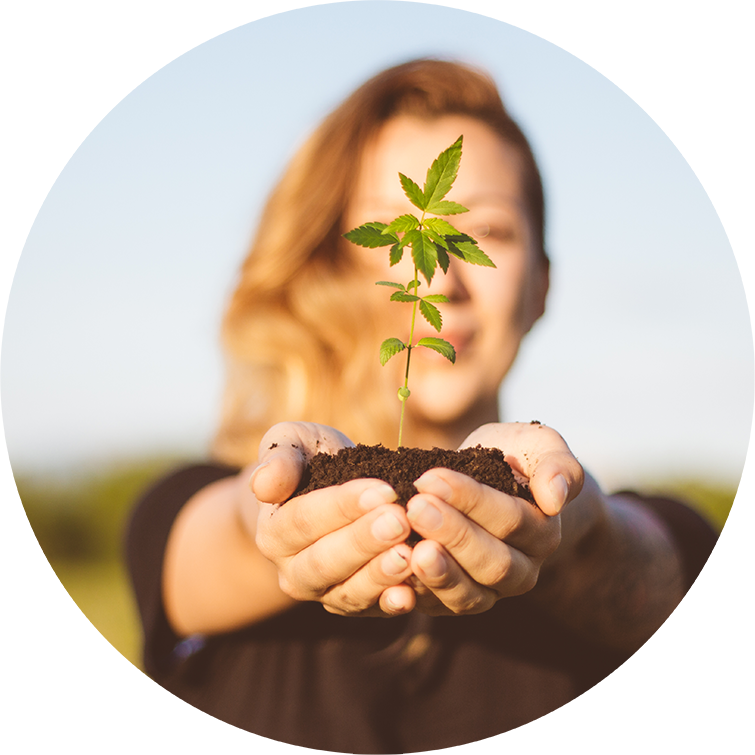
2015
In the federal election, Liberal leader Justin Trudeau promises to “legalize, regulate, and restrict access to marijuana,” arguing that the prohibition system has failed.
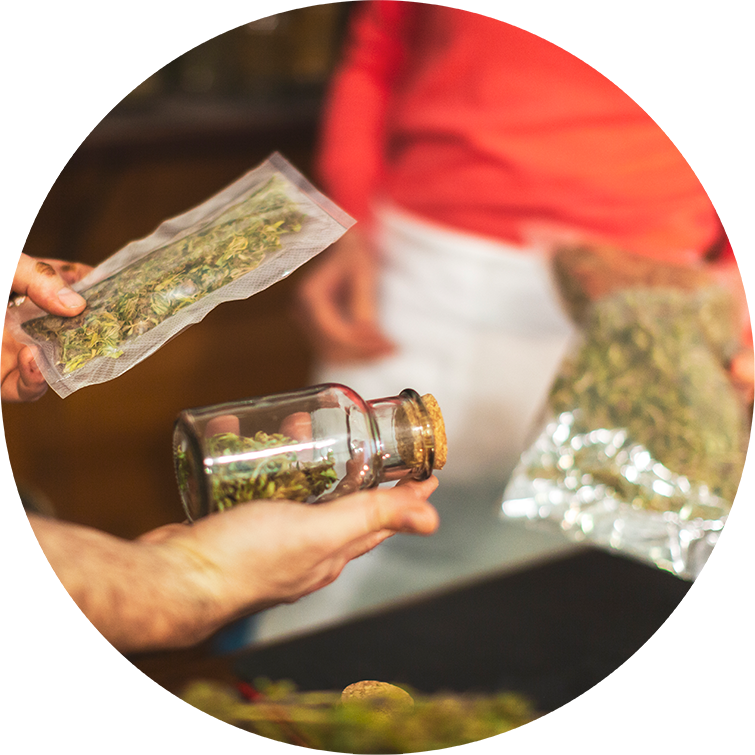
October 17, 2018
The Cannabis Act comes into effect, and non-medical cannabis is legalized in Canada.

2019
According to the National Cannabis Survey conducted by Statistics Canada, 17.5 per cent of Canadians over the age of 15, or 5.3 million people, have used cannabis in the last three months.16
- Cannabis Act, 2018. S.C., ch. 16.
- Martin Booth, Cannabis: A History (n.p.: Transworld Publishers, 2011), e-book.
- Daniel Schwartz, “Marijuana Was Criminalized in 1923, but Why?” CBC News, May 3, 2014.
- Catherine Carstairs, “’Hop Heads’ and ‘Hypes’: Drug Use, Regulation and Resistance in Canada, 1920–1961” (PhD thesis, University of Toronto, 2000), 35.
- Roger Adams, Madison Hunt, and J. H. Clark, “Structure of Cannabidiol, a Product Isolated From the Marihuana Extract of Minnesota Wild Hemp,” Journal of the American Chemical Society 62, no. 1 (January 1, 1940): 196–200.
- Yehiel Gaoni and Raphael Mechoulam, “Isolation, Structure, and Partial Synthesis of an Active Constituent of Hashish,” Journal of the American Chemical Society (April 1, 1964): 1646–47.
- Zi-Ann Lum, “Canada Goes From Weed Prohibition to Legalization in 95 Years,” Huffpost, October 15, 2018.
- Colin Kenny and Pierre Claude Nolin, Cannabis: Report of the Senate Special Committee on Illegal Drugs (Toronto: University of Toronto Press, 2003).
- Iorfida v. MacIntyre, 21 O.R. (3d) 186 (Ontario Court [General Division], October 5, 1994).
- Criminal Code, RSC 1985, ch. C-46.
- Anca R. Ialomiteanu and others, CAMH Monitor eReport: Addiction and Mental Health Indicators Among Ontario Adults, 1977–2000 (Toronto: Centre for Addiction and Mental Health, 2012).
- Boak and others, Drug Use Among Ontario Students, 1977–2017: Detailed Findings From the Ontario Student Drug Use and Health Survey. CAMR Research Document Series No. 46 (Toronto: Centre for Addiction and Mental Health, 2017).
- Health Canada, Research Plan for Marijuana for Medicinal Purposes: A Status Report (Ottawa: Therapeutic Products Programme, June 9, 1999).
- Constitution Act, 1982; R. v. Parker, CanLII 5762 (Ontario Court of Appeals, July 31, 2000).
- Dave McKechnie and Stefanie Di Francesco, “Not All Cannabis Is Created Equal: Reimbursement for Medical Marijuana,” Employment and Labour Bulletin, June 2016.
- Statistics Canada, “National Cannabis Survey, First Quarter 2019,” The Daily, 2019.

